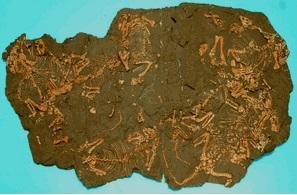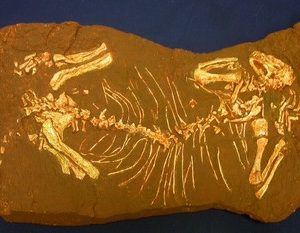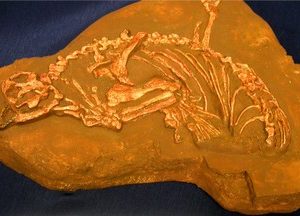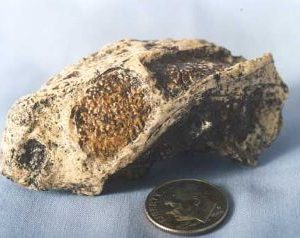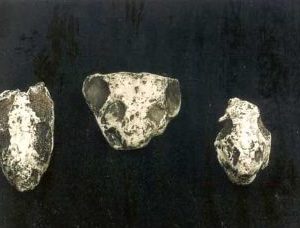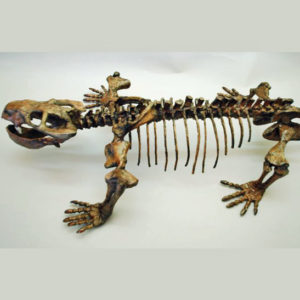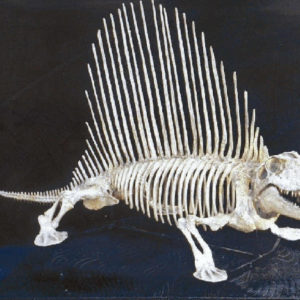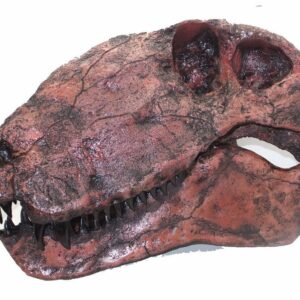All items sold on this website are polyurethane resin replicas, made in USA. No real or natural bone is available on this site.
-
Anomodontia Skeleton Plaque
$654.00Though the mouth was full of sharp and proportionately large teeth, wear patterns upon the teeth themselves indicate that they were being repeatedly used to process plant material, meaning that…
-
Anomodontian Full Skeleton Plaque
$196.00Though the mouth was full of sharp and proportionately large teeth, wear patterns upon the teeth themselves indicate that they were being repeatedly used to process plant material, meaning that…
-
Anomodontian Partial Skeleton Plaque
$186.00Though the mouth was full of sharp and proportionately large teeth, wear patterns upon the teeth themselves indicate that they were being repeatedly used to process plant material, meaning that…
-
Dimetrodon Dinosaur Claw Replica
$22.00Most fossils have been found in the southwestern United States, the majority coming from a geological deposit called the Red Beds of Texas and Oklahoma.
-
Dimetrodon Dinosaur Skull Replica
$1,220.00An additional hole in the skull, the supratemporal fenestra, can be seen when viewed from above. The back of the skull is oriented at a slight upward angle, a feature…
-
Dimetrodon Limbatus Hayashibara Skeleton
$26,000.00The most prominent feature is the large neural spine sail on its back formed by elongated spines extending from the vertebrae. It walked on four legs and had a tall,…
-
Dimetrodon Limbatus Mounted Skeleton
$27,200.00The skull of Dimetrodon Limbatus is tall and compressed laterally, or side-to-side. The eye sockets are positioned high and far back in the skull. Behind each eye socket is a…
-
Dimetrodon Limbatus Skeleton
$26,000.00The skull of Dimetrodon Limbatus is tall and compressed laterally, or side-to-side. The eye sockets are positioned high and far back in the skull. Behind each eye socket is a…
-
Dimetrodon limbatus Skull Replica
$1,500.00Single openings in the skull behind each eye, known as temporal fenestrae, and other skull features distinguish Dimetrodon and true mammals from most of the earliest sauropsids.
-
Gorgonopsial Skull Plaque
$120.00Gorgonopsia is an extinct clade of sabre-toothed therapsids from the Middle to Upper Permian roughly 265 to 252 million years ago. They are characterised by a long and narrow skull.
-
Gorgonospid Skull Replica
$212.00Gorgonospid or Broomisaurus planiceps are the most morphologically homogeneous of the major therapsid clades. A distinctive feature of gorgonopsians is the large size of their canine teeth.

